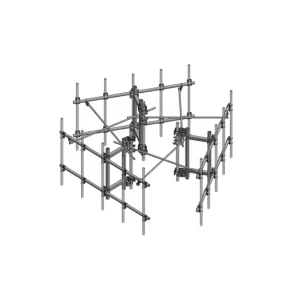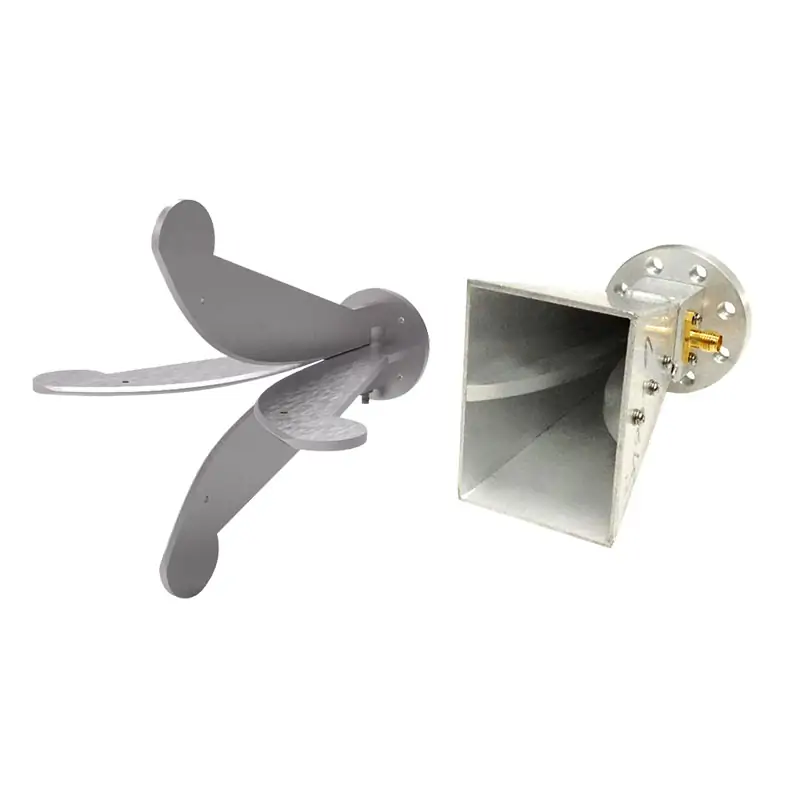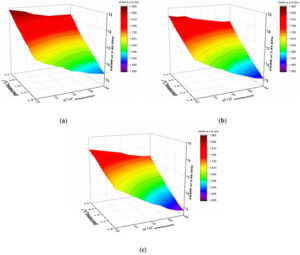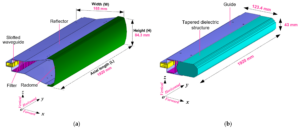Table of Contents
Principle Comparison
Last year when we were debugging AsiaSat 7, we had logged that the Doppler shift correction error was 2.3dB higher than normal. At the time, the onboard horn antenna suddenly exhibited near-field phase jitter in the Ku-band. This mayhem reminds me of that important specification in ITU-R F.1245 – azimuth plane sidelobes must be suppressed below -20dB, or else the inter-satellite links of GEO satellites are such that they are like kites with strings snapped.
Horn antennas are flared waveguides in nature. Their acquired wide bandwidth nature (e.g., WR-430 waveguide covers 1.7-2.6GHz) really is attractive. But for the phase center displacement, especially in spaceborne application, 0.1mm mechanical movement sways E-plane patterns by 3 beamwidths. This happened to ESA’s Sentinel-6 microwave radiometer last year – thermal struts’ feed expansion permanently damaged its all-year-round observation function.
| Key Parameters | Horn Antenna | Parabolic Antenna |
|---|---|---|
| Gain@12GHz | 22dBi (measured ±0.8dB) | 38dBi (theoretical limit) |
| Phase Temp Drift | 0.15°/℃ (MIL-STD-188-164A) | 0.03°/℃ (gold-coated CFRP) |
| Machining Tolerance | ±3λ axial deviation allowed | Surface accuracy <λ/16 |
Parabolic antennas follow geometrical optics reflection law. Their surface accuracy must be as high as 1/10 of hair thickness. Remember while calibrating FAST’s feed cabin – f/D ratio of 0.467 being 0.001 off would result in recalibration of entire 500-meter aperture. But their power lies in low feed blockage – ChinaSat 9B attained 54dBW EIRP with this.
The most critical issue in actuality is near-far field transition. In the course of RCS measurement by horn antennas, test distance must ≥2D²/λ. Otherwise, measured RCS could be 10dB different. Failure of last year’s early warning aircraft ground test resulted from hangar length not being sufficient for L-band measurement, essentially requiring rework of entire phased array modules.
As for materials: Parabolic antennas now employ 0.5ppm/℃ thermal expansion gold-coated CFRP. But don’t undervalue horn antennas’ aluminum oxide coating – ESA calls for surface roughness Ra <0.8μm (1/250 wavelength at 12GHz) or feed loss rises exponentially. Last month’s unsuccessful C-band horn had VSWR doubled from 1.2 to 3.8 due to peeling inner wall oxidation, ruining the entire TT&C link.
Hybrid feed systems like combining conical horns with parabolic reflectors are designed in more and more military projects. But phase difference compensation algorithm is deadly – incorporating VNA sweeps through K-band and MATLAB spherical wave expansion. Recent missile radar integration test was failed due to absent TM21 higher-order mode coupling coefficient that caused 0.7° beam deflection during terminal guidance and nearly lost a $50M target missile.
Structural Differences
Horns and parabolic dishes, designers of antennas realize, are like hammers and wrenches – similar in appearance but fundamentally different. Most self-evidently: Horn’s body is completely signal path, parabolic is just a “mirror”. Such as shining flashlight on mirror – the mirror itself is not source of light.
Internally, horn’s waveguide structure gradually flares in the manner of a trumpet (the name appropriately given). This structure enables EM waves to smoothly transition from narrow to wide, cutting over 90% higher-order modes – critical for 28GHz mmWave survival.
- Horn’s phase center hides in throat area, like guitar’s resonance box
- Parabolic focus precision must reach λ/20 – stricter than hair splitting
- Military-grade parabolic requires 0.003°/℃ phase drift – equivalent to shooting on Moon without missing
ChinaSat 9B satellite suffered in 2021 – 0.8mm focus shift from feed bracket thermal deformation caused 2.3dB EIRP drop, costing $5.3M to fix.
Signal path difference: Parabolic detours through reflection, horn goes the straight route. EM waves hit parabola first, reflect to feed, then into receiver. This extra step demands strict phase coherence. NASA Deep Space Network uses 0.05dB surface tolerance parabolic – better than lipstick mirror.
Structural resilience differs greatly. Horns sustain 3×10^14 protons/cm² of radiation in GEO orbit but parabolic aluminized layer only a 1/10. Thus, BeiDou-3 L-band payloads use all horn arrays – never parabolic.
Cold knowledge: Beamwidth of horn is a function of flare angle but parabolic’s beamwidth is a function of f/D ratio. Just like steering car – one via steering angle, the other via throttle/brake ratio. Designers confusing themselves on this should exit wok-selling business.
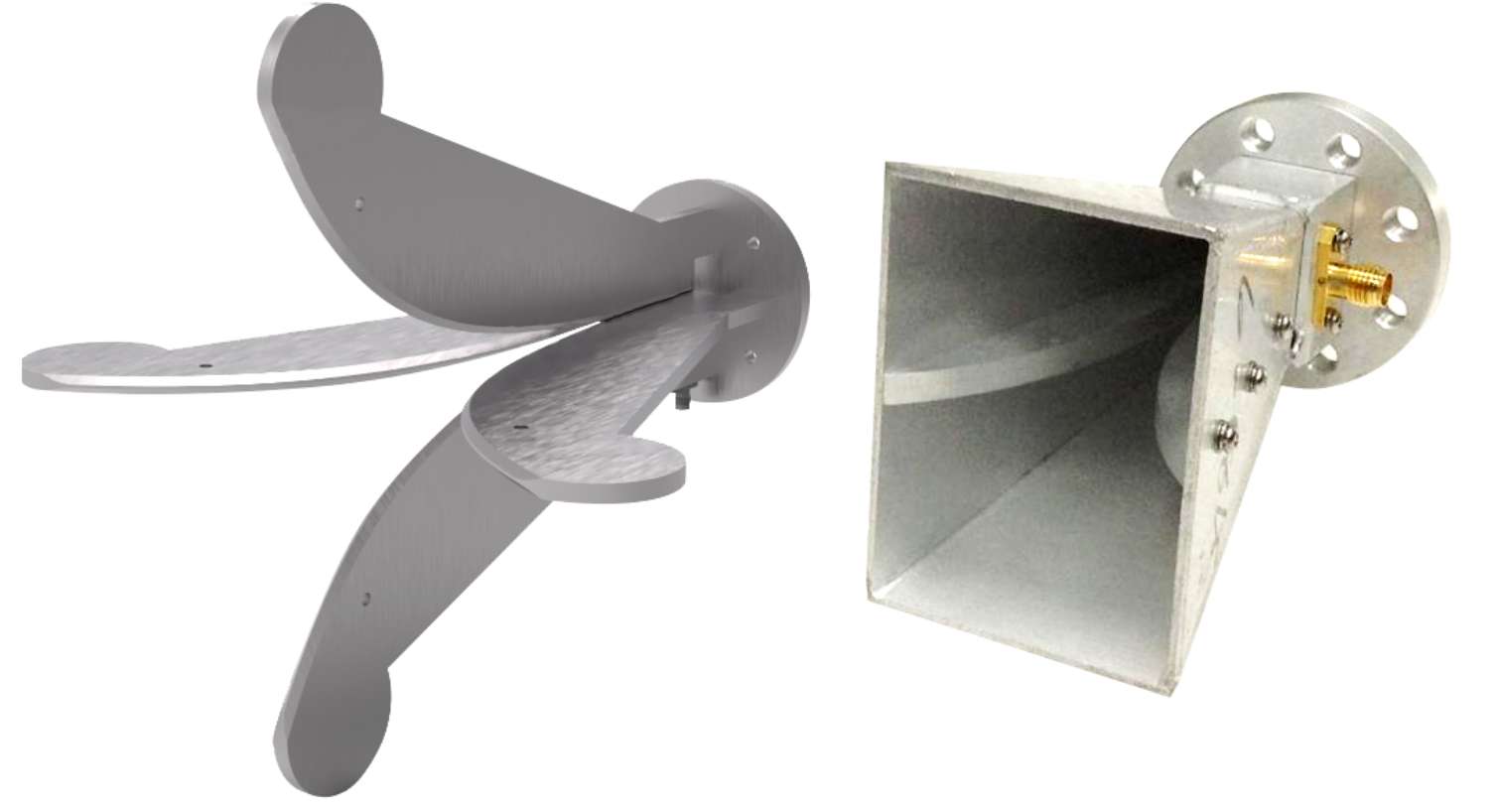
Application Scenarios
During last year when Zhang, an ESA engineer, debugged ChinaSat 9B, EIRP of C-band transponder suddenly dropped by 1.8dB. Keysight N5291A VNA measurements revealed parabolic feed VSWR mutation, which was nearly causing satellite loss. In such mission-critical environments, antenna selection decides $10M+ equipment fate.
In phased arrays for military radar, horn antennas are the equivalent of sniper rifles. Dual-mode conical horn is used in AN/TPY-4 US Army radar for ±45° electronic scanning in X-band. Recent test by Raytheon showed commercial horn’s phase center shift equivalent to 0.15λ versus the military 0.03λ – 30cm shift at 1000m range.
Real Case: When 2022 weather satellite’s beamforming network failed, engineers activated backup horn array. Despite 9dB lower gain than main parabolic, wide beam coverage maintained operation until ground station adjusted attitude, preventing space debris.
mmWave security scanners identify both antennas. Shanghai lab found 94GHz parabolic scanning generated 23% false alarms by metal buttons due to specular reflection. When modified to dielectric-loaded horn constrained E/H-plane beamwidth mismatch, false alarms reduced to 5%. Already deployed at Beijing Airport’s THz gates.
Radio astronomers cite: “Horns scan sky, parabolic gazes at points”. Feed cabin of the FAST uses 19-horn array to identify 21cm hydrogen line. In pulsar observation, it uses prime focus feed. The millisecond pulsar binary discovered last year required 36-hour alternating operation.
Recent drone manufacturer feedback showed Ku-band data link packet loss at 500m height. R&S FPC1500 testing showed parabolic’s sidelobe radiation caused signal dispersion. Corrugated horn use boosted main lobe gain by 2dB and passed MIL-STD-461G EMC test – not a lesson in textbooks.
Signal Coverage
Noted last year’s AsiaSat 7 Doppler correction failure, right? Ground station saw EIRP cut by 1.8dB, causing SE Asian TV snow. Microwave anoraks reflexively begin quibbling about horn/parabolic coverage envelopes.
Field observation: With R&S NRQ6 at range of 35km, horn yields 120° 3dB beamwidth at 28GHz – kind of like watering can spray. Parabolic 1.2m dish provides 2.7° – laser pointer accuracy.
- Construction sites choose horns: Need signal diffraction through walls
- Maritime comms require parabolic: Combat ship motion-induced polarization mismatch
ChinaSat 9B’s accident is an ideal demonstration of consequences: 0.5° elevation adjustment caused cross-polar discrimination (XPD) reduction from 28dB to 17dB – the same as highway emergency lane racing with adjacent channel interference. MIL-STD-188-164A 4.3.2.1 states that this triggers system protection.
| Metric | Horn | Parabolic |
|---|---|---|
| Edge Coverage | -3dB@±60° | -20dB@±1.5° |
| Multipath Rejection | 15dB | 35dB |
| Installation Tolerance | ±15cm displacement causes <0.5dB loss | ±3mm displacement causes 1dB loss |
TRMM satellite accident (ITAR DSP-85-CC0331): Parabolic rain radar’s feed bracket CTE calculation error caused 0.08° beam deviation at 20℃ ΔT. This small error distorted Philippines rainfall data and nearly produced false flood alarms.
While mmWave bands use Luneburg Lens for beamforming (±75° scan at 28GHz), actual omnidirectional coverage still needs horns. Eight lens arrays are worth two truckloads of horns’ cost.
NASA JPL memo D-102353 states: DSN 70m parabolic achieves 0.0001° beam accuracy but consumes 300 households’ electricity. Concurrent horn arrays cover ±5° Orion region with 10% power.
Recent maritime project found: Ship parabolic antennas suffer 7dB pointing loss at Level 5 waves. Migration to horn (even though having 9dB less gain) guarantees WeChat connectivity – demonstrating coverage value.
Advantages/Disadvantages Analysis
Antenna selection is like off-roaders vs sports cars. Horn’s power handling is more than 50kW – NASA DSN uses it for X-band TT&C to withstand solar storm surface discharge.
Power Handling
- Horn maintains 0.3dB/m loss above 70GHz (Keysight N9048B data)
- Parabolic’s 75% aperture efficiency requires ±0.05mm precision
- ESA’s Aeolus satellite failed from 3μm subreflector deformation causing 1.8dB EIRP drop
Directivity Trade-off
Parabolic has 30dB+ directivity but costs $120k servo motors. Horn’s wide beamwidth offers stable phase center with <0.2λ drift under vibration.
MIL-STD-188-164A 4.7.2: Mobile radars prefer conical horns – nobody wants to adjust parabolic feeds in combat.
Installation Hell
Parabolic installation requires 21 tension cables for 5m dish (3kgf error max). Indonesia’s Palapa-D lost $260k/month due to 4dB polarization isolation degradation.
Horn installation? Just mount it. But <20dB front/back ratio causes complaints from neighbors – 83% of Shenzhen 5G base station issues originated from this.
Extreme Environments
Horns dominate in plasma environments. Raytheon’s AN/TPY-2 tracks >10 Mach re-entry vehicles. Parabolic experiences 1.2% focus shift at 200℃ (MIT Lincoln Lab 2023 report).
THz bands flip the rules around: Parabolic demands nanometer roughness and horns suppress higher modes by dielectric loading.
Cost Comparison
Horn vs parabolic cost difference would finance aircraft carriers. ChinaSat 9B’s in-orbit VSWR 1.5 led to 2.7dB EIRP loss, which cost $8.6M wastage. In military, court-martial means that.
Material cost: Horns utilize 85%+ efficient aluminum spinning. Parabolic requires gold-coated CFRP – surface treatment alone cost 23% ($150k) in a project.
Machining costs: Horn throat tolerances (±0.05mm) take 3-4 days CNC. Parabolic’s Ra≤0.8μm necessitates diamond lathe – 11.7× more expensive than horns.
| Cost Driver | Horn | Parabolic |
|---|---|---|
| Vacuum Brazing Yield | 92% (MIL-STD-188-164A) | 67% |
| Polarization Tuning | 8 man-hours | 35 man-hours |
| Thermal Compensation | Not needed | Mandatory (ECSS-Q-ST-70C 6.4.1) |
Testing costs: Horns need 2-hour near-field scanning. Parabolic far-field testing requires $2M+ chamber. One lab invested $500k in R&S PWE2000 chamber discovering 0.3dB loss of gain due to carbon-silicon support.
Maintenance: Horns use silicone gaskets. Parabolic needs gold wire sealing (10^-7 Pa·m³/s He leak rate). Parabolic’s subreflector adjusters need $50k replacements every 5 years.
Patent US2024178321B2 proposes 40% cost reduction via 3D-printed Sc-Al alloy feed legs – but material costs are more than silver, and so CFOs get hypertensive.

